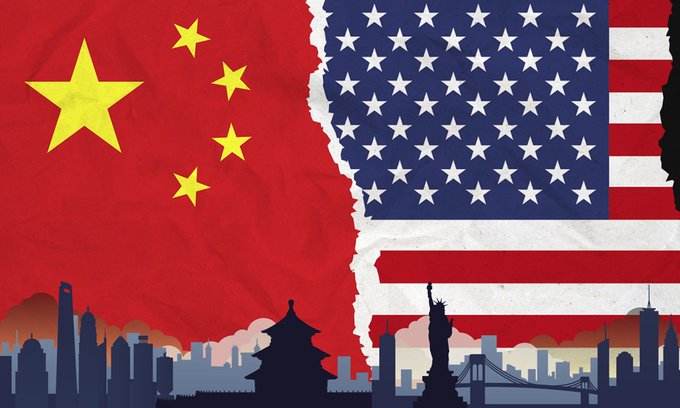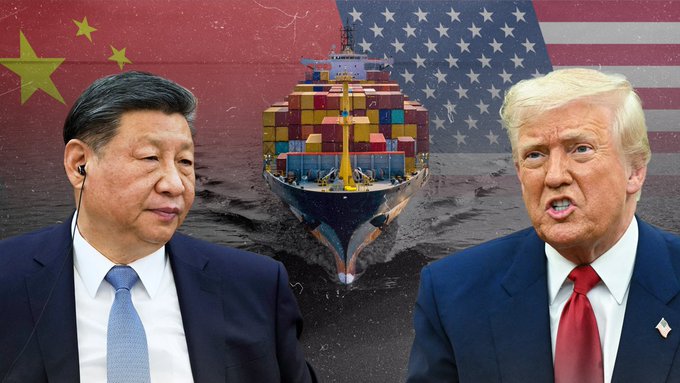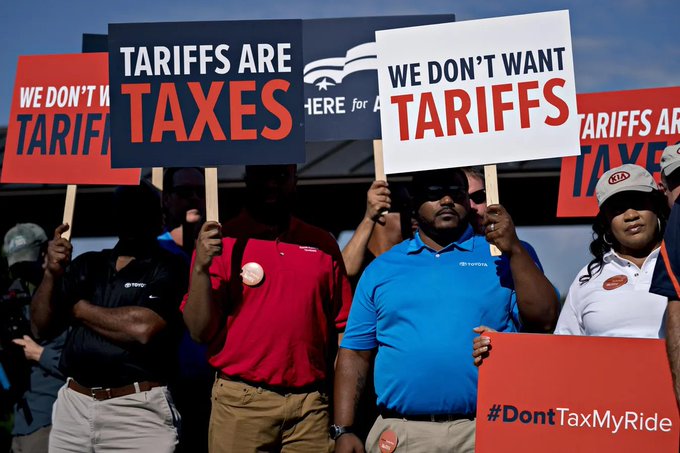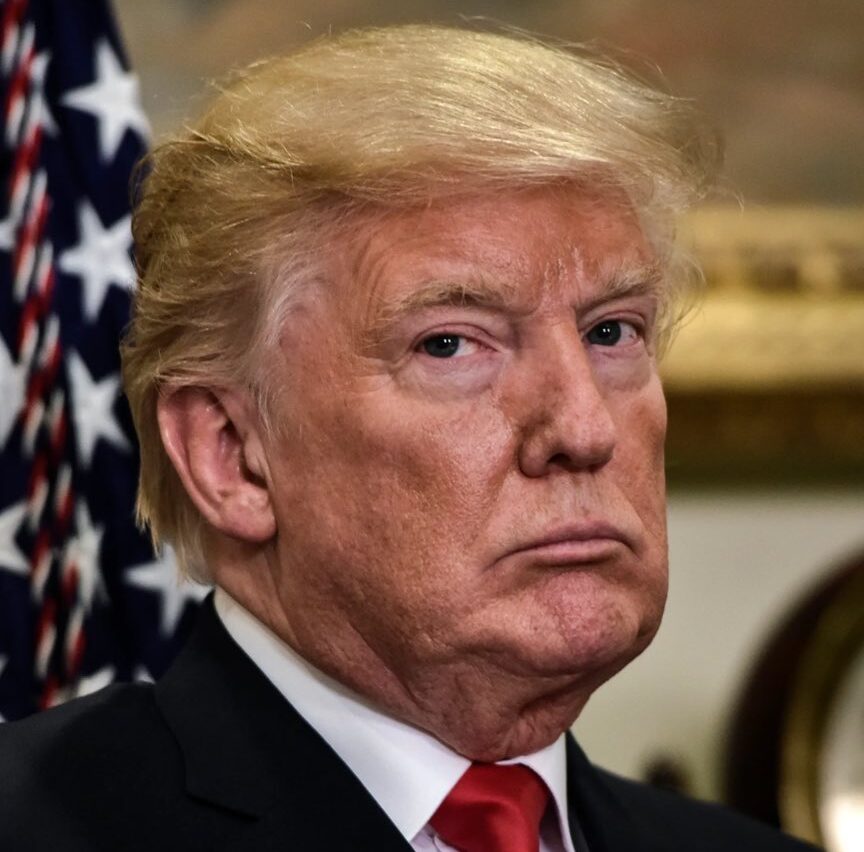The world’s two largest economies, the United States and China, are once again at an impasse. After a brief period of optimism fueled by a temporary truce, trade negotiations between Washington and Beijing have stalled. The Trump administration’s decision to temporarily reinstate sweeping tariffs, following a court challenge, has signaled a new phase of economic friction with global repercussions.

A Fragile Truce Gives Way to Stalemate
Earlier this month, the US and China reached a tentative agreement in Switzerland to lower some retaliatory tariffs and suspend others for 90 days, aiming to create space for more comprehensive negotiations. This move was welcomed by markets and policymakers as a step toward de-escalation, with both sides expressing a commitment to further talks. However, US Treasury Secretary Scott Bessent recently acknowledged that progress has slowed, and the complexity of the issues at stake likely requires direct intervention from President Trump and Chinese President Xi Jinping.
Bessent emphasized the intricate nature of the negotiations, noting, “Considering the scale and intricacy of the discussions, it will necessitate [the leaders of both nations] to engage with each other”. The temporary agreement, which included suspending certain tariffs until May 14, has now expired, and momentum for a broader deal has waned.

Trump’s Tariff Strategy and Legal Hurdles
The Trump administration’s approach to trade has been characterized by aggressive use of tariffs as leverage. Between January and April 2025, the average effective US tariff rate soared from 2.5% to an estimated 27%, the highest in more than a century. On Chinese imports, baseline tariffs were raised to an extraordinary 145%, prompting China to retaliate with a minimum 125% tariff on US goods and restrictions on critical rare earth exports.
These measures were justified by the administration as necessary to address what it perceives as unfair trade practices and chronic US trade deficits. However, a recent ruling by the US Court of International Trade found that Trump had overstepped his authority in imposing certain tariffs, particularly those enacted under the International Emergency Economic Powers Act (IEEPA). The White House has appealed, resulting in a temporary reinstatement of many Trump-era tariffs while legal proceedings continue.
Economic Fallout and Consumer Impact
The renewed tariffs have had immediate and far-reaching economic consequences. US consumers and businesses are feeling the pinch: tariffs on steel, automobiles, and other goods are expected to cost households nearly $1,000 annually, according to a Yale Budget Lab study. Retailers have raised prices, inflation has ticked up, and market volatility has increased as uncertainty about the trade relationship persists.

The trade war’s effects are not confined to the US. China’s economy, already under pressure, has seen factory closures and civil unrest in response to shrinking export opportunities and rising costs. Beijing has responded with its own tariffs and export controls, especially on rare earth minerals vital for advanced technologies, and has pledged further monetary and fiscal stimulus to cushion the blow.
Political Rhetoric and Global Implications
President Trump has publicly accused China of violating the recent trade agreement, declaring that he would no longer be “Mr. Nice Guy” and warning of further punitive measures. US officials have cited China’s failure to ease export restrictions on key minerals as a major sticking point, while China has threatened retaliation against countries cooperating with US trade policies. The fragile nature of the truce and the rapid escalation of rhetoric highlight the deep mistrust and strategic rivalry underlying the economic relationship.
The broader global economy is also at risk. The escalation of tariffs and the uncertainty surrounding US-China talks have unsettled financial markets and raised concerns about the stability of global trade. While some analysts believe that the probability of a US and global recession has been reduced compared to earlier forecasts, the risk remains significant, especially if negotiations collapse entirely.
Looking Ahead
As trade talks remain stalled, the path forward likely depends on direct engagement between President Trump and President Xi. Both sides have incentives to reach a deal, but deep-seated differences over technology, market access, and geopolitical influence persist. For now, the temporary reinstatement of Trump-era tariffs serves as a stark reminder of the fragility of the US-China economic relationship and the far-reaching consequences of renewed trade friction.

